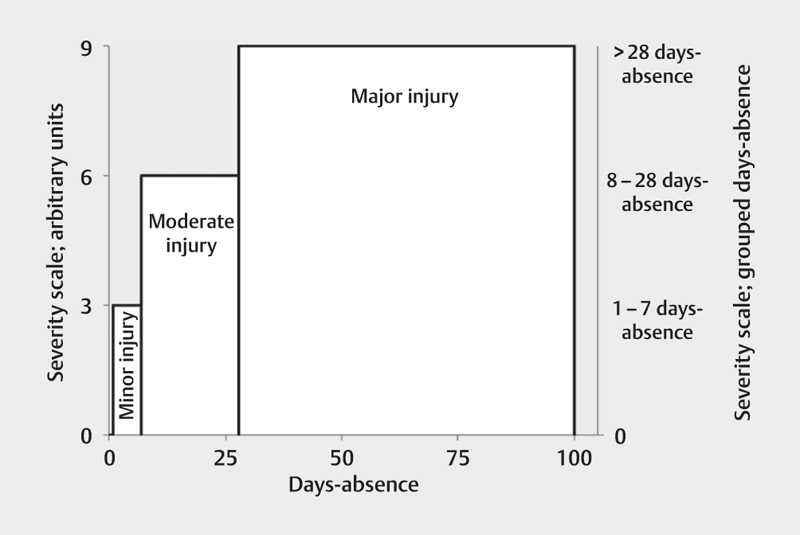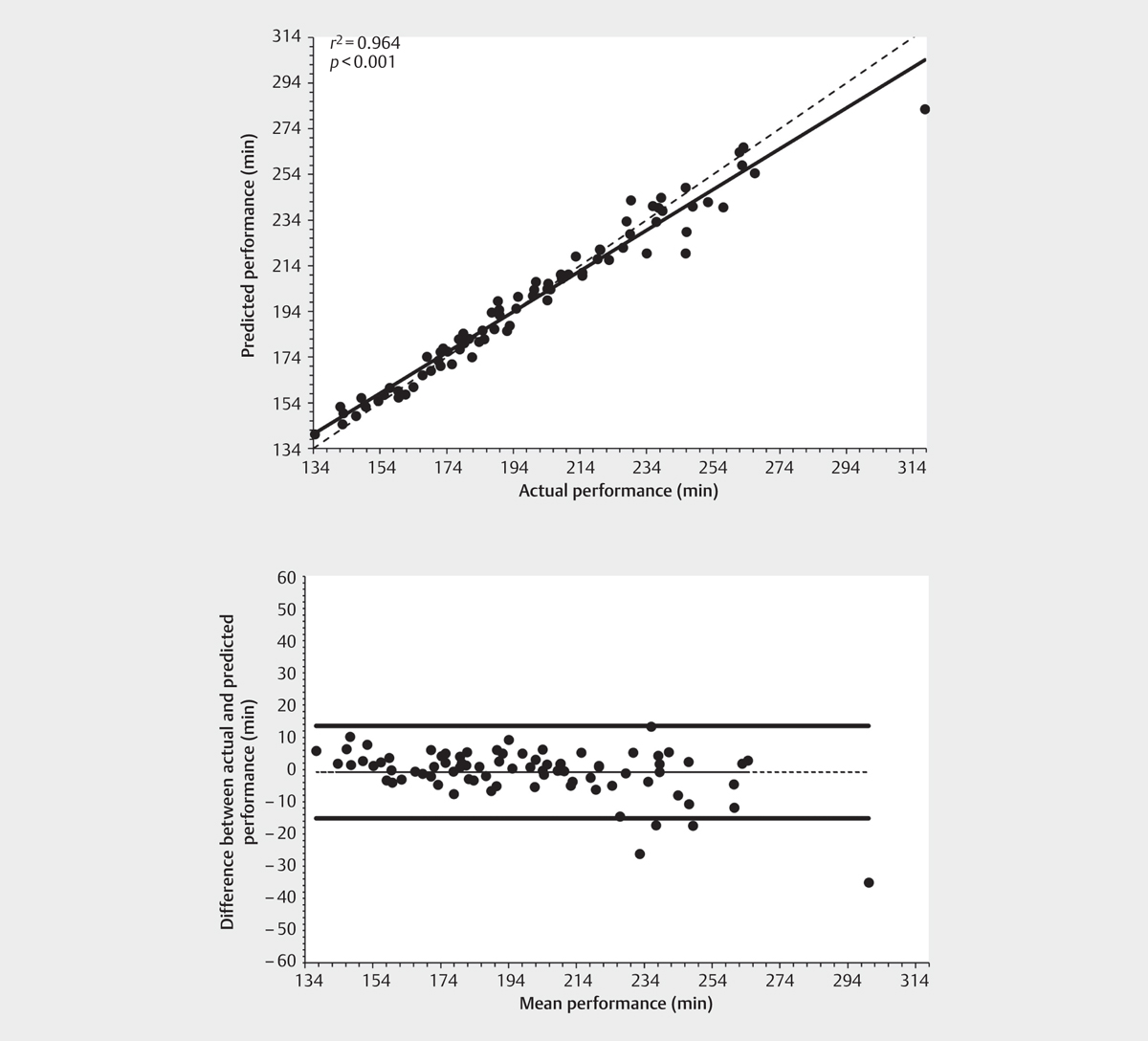
运动医学 ○ 精选论文
Review
Colin W Fuller
Injury burden is a composite measure of injury incidence and mean severity; this parameter has been reported as an output measure from injury surveillance studies in rugby for over 20 years. The benefits of reporting injury burden results have, more recently, been recognised in other sports. This wider use of injury burden as an output measure from injury surveillance studies has, however, highlighted misunderstandings about how to calculate, present and interpret injury burden data. The aim of this critical review is to explain why median severity and ordinal severity scales should not be used to calculate and report injury burden results in injury surveillance studies. Equations are presented to show how injury burden results should be calculated, and graphs and tables are presented to explain the errors that are introduced when median severity and ordinal scales of severity are used instead of mean severity. This critical review is intended to highlight the correct procedures for calculating, reporting and interpreting injury burden results in order to avoid incorrect results, conclusions and injury prevention recommendations being published.

Training & Testing
Prediction of Marathon Performance using Artificial Intelligence
Lucie Lerebourg, Damien Saboul, Michel Clémençon, Jérémy Bernard Coquart
Although studies used machine learning algorithms to predict performances in sports activities, none, to the best of our knowledge, have used and validated two artificial intelligence techniques: artificial neural network (ANN) and k-nearest neighbor (KNN) in the running discipline of marathon and compared the accuracy or precision of the predicted performances. Official French rankings for the 10-km road and marathon events in 2019 were scrutinized over a dataset of 820 athletes (aged 21, having run 10 km and a marathon in the same year that was run slower, etc.). For the KNN and ANN the same inputs (10-km race time, body mass index, age and sex) were used to solve a linear regression problem to estimate the marathon race time. No difference was found between the actual and predicted marathon performances for either method (p>0,05). All predicted performances were significantly correlated with the actual ones, with very high correlation coefficients (r>0,90; p<0,001). KNN outperformed ANN with a mean absolute error of 2,4 vs 5,6%. The study confirms the validity of both algorithms, with better accuracy for KNN in predicting marathon performance. Consequently, the predictions from these artificial intelligence methods may be used in training programs and competitions.

